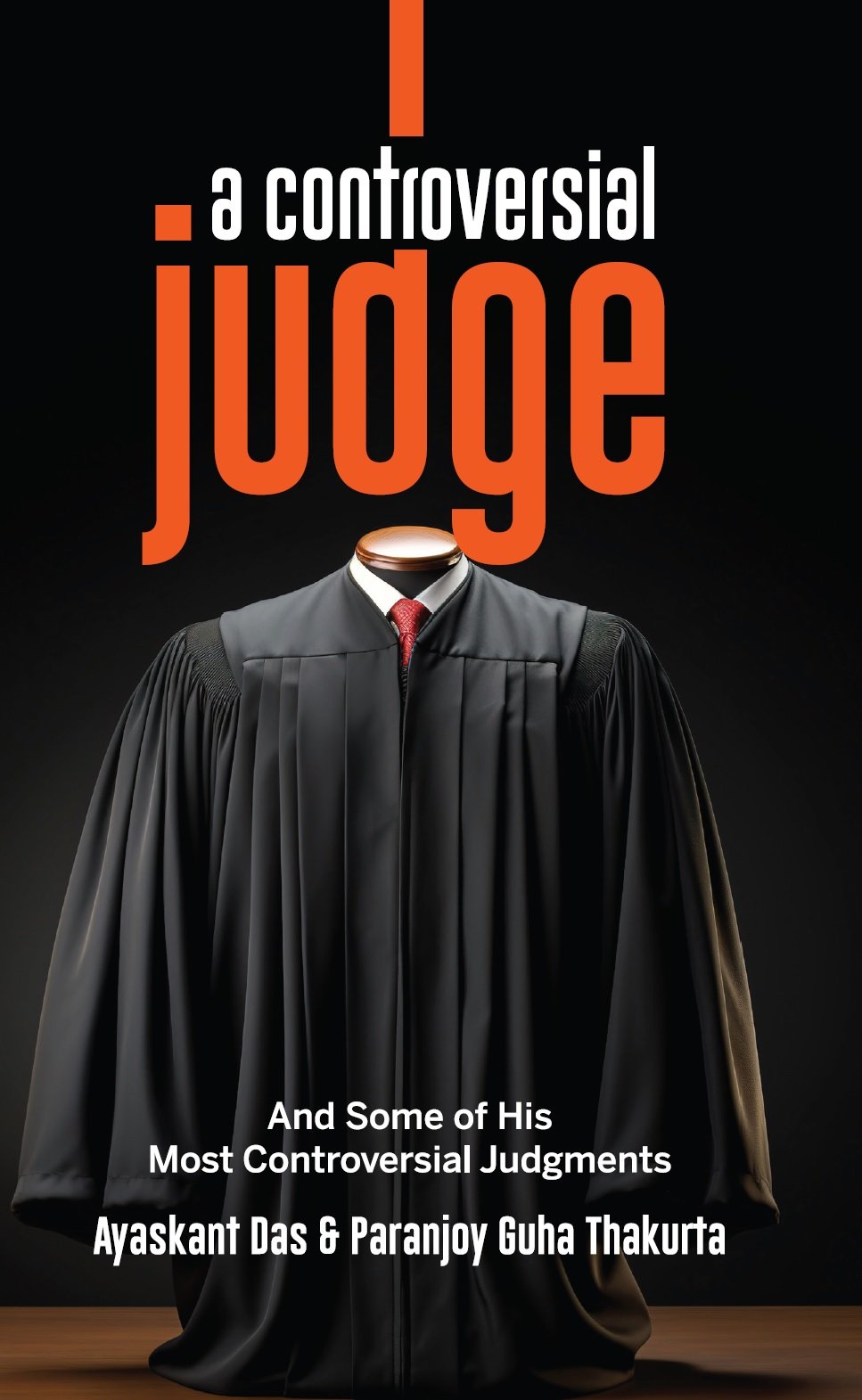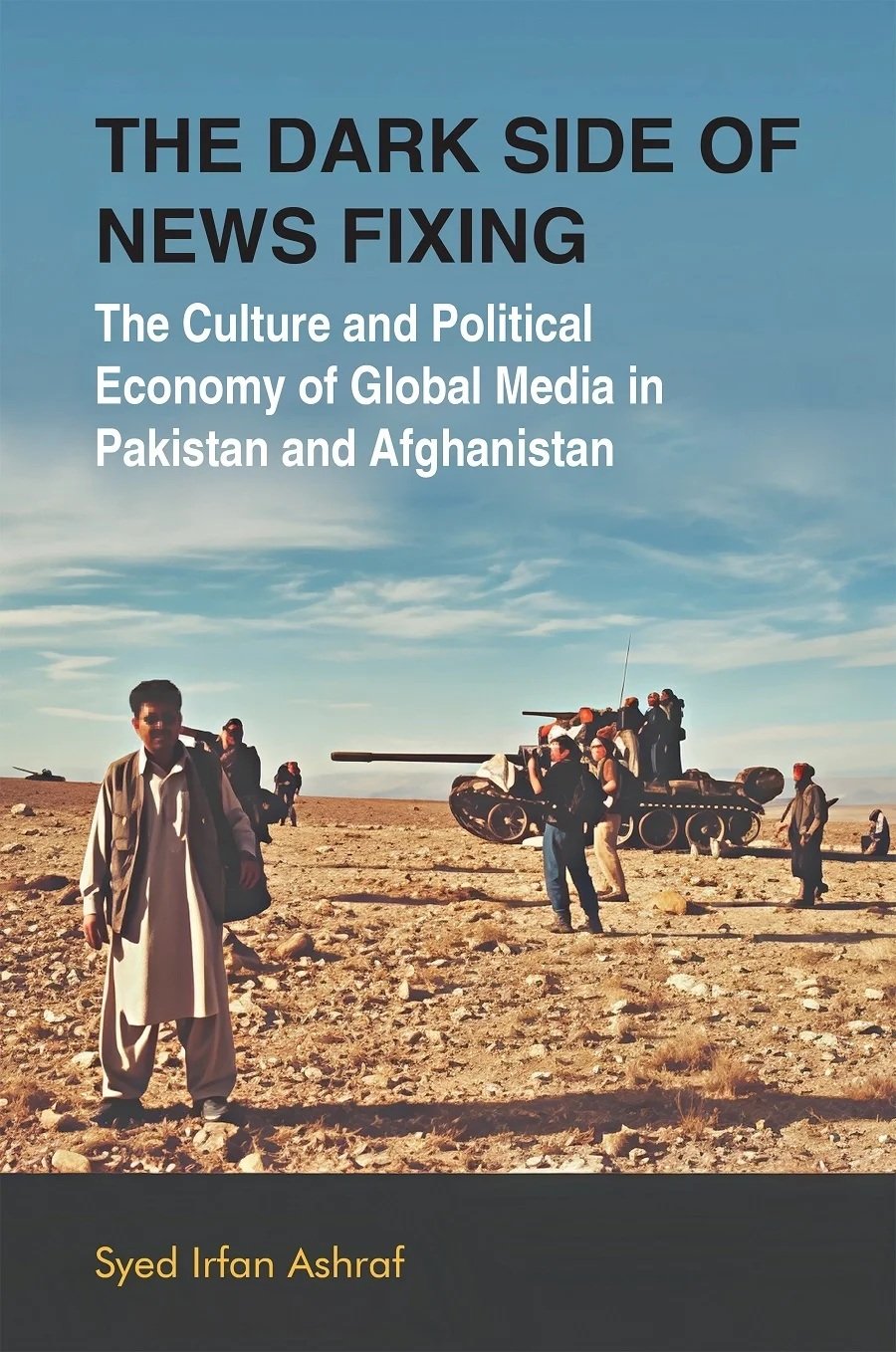WHY DOES Andimuthu Raja have a charmed existence as Union Minister for Communications and Information Technology, despite accusations that he has virtually singlehandedly caused a staggering loss to the national exchequer somewhere between Rs 50,000 crore and Rs 100,000 crore?
Has his continuance as boss of Sanchar Bhavan — headquarters of the Department of Telecommunications (DoT) — got something to do with the fact that he’s a Dalit, as his mentor, Dravida Munnetra Kazhagam (DMK) supremo and Tamil Nadu Chief Minister Muthuvel Karunanidhi would have us believe?
How has Raja remained ensconced in his seat despite the fact that the country’s premier police investigating agency, the Central Bureau of Investigation, conducted search-and seizure raids on his offices and the Central Vigilance Commission pointed out “blatant violations” of rules, even as he continued to attend Cabinet meetings?
How many ministers in the government of India can get away cocking an arrogant snook at none else than Prime Minister Manmohan Singh more than once, by tailoring official policies in an unfair and opaque manner to favour a select few at the expense of the public at large — and then pretend that nothing untoward has happened?
Is it not curious that Raja should be tom-toming the government’s “achievement” in obtaining more than Rs 40,000 crore through a “public auction” of third-generation (3G) electro- magnetic spectrum to private firms that provide cellphone services, when, in January 2008, his ministry provided second-generation (2G) spectrum to a clutch of firms on a “first-come-first-served” basis for a fraction of the amount?
Is it not scandalous that the money that was paid in early 2008 (when market conditions were better than today) for an “all-India” mobile telephone licence with bundled spectrum, based on valuations that prevailed in 2001 — an amount of Rs 1,651 crore — is today close to what the same set of companies are offering for a licence for a single telecommunications “circle” or region, namely, Mumbai?
Does Raja, in a sense, represent the worst manifestation of the consequences and compulsions of coalition politics since, after all, the PM was literally arm-twisted into including him in his Council of Ministers, and since the Congress and the DMK are mutually dependent on each other, in Chennai and in New Delhi?
Did spokespersons of the Congress like Abhishek Manu Singhvi have no choice but to claim that “there is no proof or credible evidence” to substantiate the accusations against Raja — after both houses of Parliament had to be frequently adjourned — when former Minister of State for External Affairs Shashi Tharoor lost his job, confronted as he was with far less serious allegations?
FACT 1: On November 2, 2007, the PM wrote to Raja in response to him poohpoohing the recommendation of the Law Ministry to set up an empowered group of ministers and directed him to ensure that 2G spectrum was allotted in a fair, efficient and transparent manner and to ensure that the licence fee was appropriately revised. He did not.
FACT 2: In late 2007, Raja waited for the senior most official in the DoT (DS Mathur) to resign, and another senior technocrat (Manju Madhavan) to retire prematurely — both of them had argued against his move to allot spectrum on a first-come-first-served basis — before inducting a bureaucrat of his choice (Siddharth Behura) and going ahead with his controversial policy of allotting spectrum with licences to a clutch of private companies at prices that were around seven times lower than prevailing market rates.
FACT 3: On September 25, 2007, a few hours after the Unitech Group put in 22 applications through eight companies, the DoT issued an apparently innocuous-sounding press release stating that it would not accept applications beyond October 1, 2007. In this period of three working days, as many as 373 additional applications were received. Subsequently, courts of law castigated the DoT for arbitrarily bringing forward the cutoff date for receiving applications.
FACT 4: On October 19 that year, the department implemented its decision on “technology neutrality” — allowing companies using both the Code Division Multiple Access (CDMA) technology and its rival Global System for Mobile communications (GSM) to apply for spectrum, in deviation from the TRAI’s (Telecom Regulatory Authority of India) recommendations — that benefitted companies like Reliance Communications and Tata Teleservices.
FACT 5: On January 10, 2008, at 2.45 pm, all hell broke loose at Sanchar Bhavan after an announcement was posted on the website of the DoT, stating that letters of intent for issuance of licences bundled with spectrum, would be issued to private companies between 3.30 pm and 4.30 pm on immediate payment of application fees (running into over Rs 1,650 crore in certain cases) by demand draft with supporting documentation. Those who deposited their fees first by even a fraction of a second, were favoured in the infamous first-come-first-served system. In the mad melee, well-heeled CEOs and DoT staffers were bashed up in front of television cameras, before the cops arrived on the scene — late as usual.
FACT 6: In September 2008, Swan Telecom sold 45 percent of its shares to Etisalat (of the United Arab Emirates) for $900 million or around Rs 4,200 crore — the firm had obtained its licence for only Rs 1,537 crore and does not possess any major assets.
FACT 7: A month later, Unitech Wireless offloaded 60 percent of its stake to Telenor, Norway, for Rs 6,200 crore — this company too could only count among its assets, a licence with spectrum for which it paid the DoT a sum of Rs 1,651 crore in January 2008.
FACT 8: Thereafter, Tata Teleservices sold 26 percent of its shares to NTT DoCoMo of Japan for Rs 13,230 crore. All these valuations indicated that under Raja’s stewardship, the DoT sold nine licences for at least one-seventh their market prices, causing a loss of not less than Rs 50,000 crore to the country.
CONCLUSION: In the brave new world of economic liberalisation, what prevails is crony capitalism. The great Indian telecom revolution, often showcased as a glowing example of the success of deregulation in this country, has an all-too-ugly underbelly.


